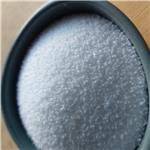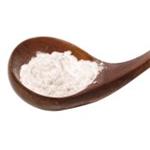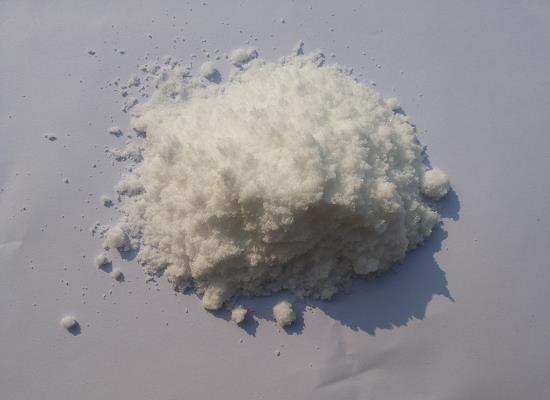What is 1,4-Diaminobutane dihydrochloride?

Fig 1. Chemical structure formula and three-dimensional structure of 1,4-Diaminobutane dihydrochloride
1,4-Diaminobutane Dihydrochloride, also known as tetramethylenediamine, is an organic chemical related to cadaverine produced by the breakdown of amino acids in dead and living organisms. Ungraded products supplied by Spectrum are indicative of a grade suitable for general industrial use or research purposes and typically are not suitable for human consumption or therapeutic use.
1,4-Diaminobutane Dihydrochloride can bind to the polyamine modulatory site of the NMDA (N-methyl D-aspartate) receptor and potentiate NMDA-induced currents. Polyamines belong to a group of aliphatic amines that are selective and act on different ion channels. 1,4-Diaminobutane Dihydrochloride is a precursor of spermidine. 1,4-Diaminobutane Dihydrochloride is an activator of NMDA.
1,4-Diaminobutane Dihydrochloride is a precursor of spermidine.It is an activator of NMDA (N-mehtyl D-aspartate). It can bind to the polyamine modulatory site of NMDA receptor and potentiate NMDA-induced currents. Polyamines belong to a group of aliphatic amines that are selective and act on different ion channels. 1,4-Diaminobutane Dihydrochloride is also use for the production of GABA,inhibitory neurotransmitter in vertebral brain. 1,4-Diaminobutane Dihydrochloride is soluble at 10gm in 100ml of water.The solution are sterilized by filtering through a sterile membrane filter with porosity of 0.22micron or less.
Putrescine is an end product of fatty acid metabolism in dead tissues. It is a volatile diamine with pungent odour. It is synthesized by the decarboxylation of ornithine in the presence of enzyme, ornithine decarboxylase. Molecular docking studies reveal the binding of putrescine to human receptors called the trace amine-associated receptors (TAAR6 and TAAR8), present in olfactory epithelium.
1,4-Diaminobutane Dihydrochloride has been used as medium component in F-12 + GlutaMax medium for mice ganglia culture, retinal ganglion cell culture and in HCT116 colon carcinoma cells for ornithine decarboxylase (ODC) assay.Putrescine is regarded as a marker of stress in plants. External supplementation of putrescine helps wheat plants to overcome drought stress. It is crucial for cell proliferation in animals and modulates abscisic acid (ABA) levels during cold stress in Arabidopsis plants. It serves as an attractant for predators[1-4].
1,4-Diaminobutane dihydrochloride is kind of natural pigment with bright red color, found in tomato, watermelon, red grapefruit, Chinese guava, balsam pear etc. It is powerful antioxidant and has many biological activities, can strengthen immune function.
References
[1] The smell of death: evidence that putrescine elicits threat management mechanisms Wisman A and Shrira I Frontiers in Psychology 6, 1274-1274, (2015).
[2] Polyamines and abiotic stress in plants: a complex relationship1 Minocha R, et al. Frontiers in Plant Science 5, 175-175, (2014).
[3] Putrescine is involved in Arabidopsis freezing tolerance and cold acclimation by regulating abscisic acid levels in response to low temperature Cuevas JC, et al. Plant Physiology 148(2), 1094-1105, (2008).
[4] Identifying human diamine sensors for death related putrescine and cadaverine molecules Izquierdo C, et al. PLoS Computational Biology 14(1), e1005945-e1005945, (2018).
[5] https://pubchem.ncbi.nlm.nih.gov/compound/9532
[6] http://www.chemspider.com/Chemical-Structure.9159.html?rid=1d9f1dee-fe01-4f9d-8754-f24a275c6b71
Related articles And Qustion
Lastest Price from 1,4-Diaminobutane dihydrochloride manufacturers

US $0.00/KG2025-04-15
- CAS:
- 333-93-7
- Min. Order:
- 1KG
- Purity:
- 99%
- Supply Ability:
- 500000kg

US $50.00-9.00/kg2025-03-07
- CAS:
- 333-93-7
- Min. Order:
- 1kg
- Purity:
- 0.99
- Supply Ability:
- 20 tons



